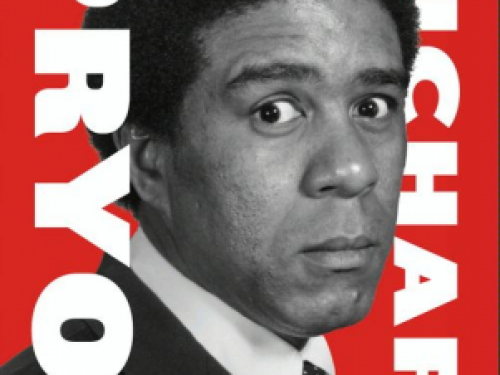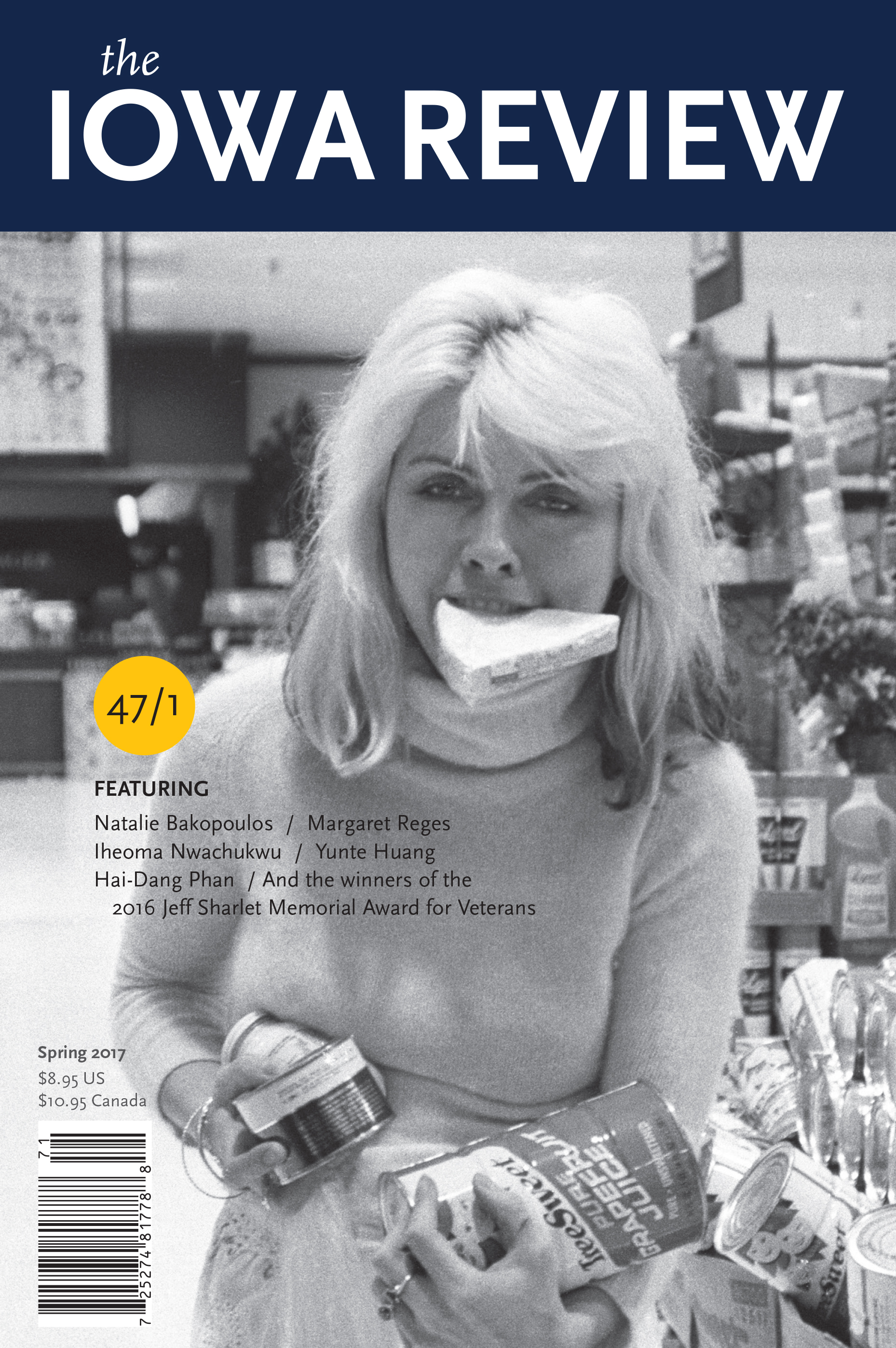
Becoming Richard Pryor is a long book. And thank God it is. A penetrating portrait of the artist in formation, Scott Saul’s biography charts Pryor’s ascent from his painful childhood in Peoria, Illinois, through his first years as an aspiring comedian, to his most passionate, daring, and crazy period. That is, when he was at his most experimental, honing his talent, and learning to unleash his skills of improvisation to produce such revolutionary albums as That Nigger’s Crazy (1974). With this album, as with his other work from the 1970s, Pryor blew up the world of comedy and remade it in his image. Actor-comedian Paul Rodriguez does not exaggerate when he claims that “there are two periods in comedy in America: before Richard Pryor and after Richard Pryor.”
Saul gives us Pryor at his most crazy in another sense. The period of his artistic becoming—from his twenties through his thirties—is also when Pryor was most intimate with self-sabotage. His heavy and long-standing drug use (mostly cocaine), paired with alcohol, led to his recklessness in show business and culminated with his dramatic self-immolation, his tumultuous relationship with his many lovers and wives (many of whom he beat violently), and his acts of fury (he made a man lose an eye in a fight), all of which seemed to be intertwined with Pryor’s desire to invent and reinvent himself over and over again. And above all, his self-destructiveness seems intimately tied to the fierceness of his talent. This is, of course, a story we’ve heard before—that of the self-destructive genius. But Saul lets us examine the particularities of Pryor’s life path, implicitly asking how and why Pryor’s darkness was bound to his fireball creativity. Did it have to be?
Situating Pryor within a historical context, Saul gives us fully drawn portraits of the people, time, and places that shaped him while exploring the many phases of experiment, failure, and success that Pryor experienced. He covers some of the same ground as Pryor’s memoir, Pryor Convictions and Other Life Sentences (1995), and the autobiographical film Jo Jo Dancer, Your Life Is Calling (1986), but he lifts the mantle off the myths that Pryor produced about himself after the fire and when, already suffering from multiple sclerosis, he began to take stock of his life and work. Saul first takes us to the source of Pryor’s mother wit, the family and people in his early life, focusing particularly on his “Mama,” his grandmother Marie. This was the woman who raised Pryor and who “took up residence in his psyche ever afterward, imprinting upon him her pride, cunning, and raw, bottom-dog outlook on the world.” Pryor miraculously survived the sexual cynicism of the brothel his grandmother owned and where his mother was a prostitute and his father a pimp. He survived the sexual abuse he suffered (from a neighborhood bully), and his father’s brutality (he beat Pryor and his mother repeatedly and sexually abused his twelve-year-old daughter). While it was his innate emotional sensitivity that allowed Pryor to survive—and which would afford him a deep understanding of vulnerability and fear throughout his life—it was also something of a handicap in the raw world into which he was born. He struggled mightily. Yet much of his Mama’s fierceness did become his own, and thus he was able to turn that rawness into his source of power.
Saul tells this part of Pryor’s narrative well, but what is finally distinctive about Becoming Richard Pryor isn’t necessarily the early biography or the historical context it gives Pryor’s life. What is remarkable is Saul’s detailed account of how Pryor shaped his talent in the early days on the road and in New York City where he first tried to become a Bill Cosby clone and then, thankfully, found his own voice and rhythms. In Saul’s account, we meet the hobos and aspiring comics, the small club owners, and, later in Los Angeles, the stars, directors, and managers that influenced Pryor’s career. Along the way we meet a remarkable cast of characters, from a “hefty performer once described as an ‘upright hippo of a man’” who was part of the group of improvisers that helped Pryor unlock “his genius as a performer,” to Groucho Marx, who, in a brief meeting, encouraged Pryor to go beyond his early idol Jerry Lewis (for Groucho a “spitting wad” of a comic) and use his brain to shape his art. The details allow us to see Pryor taking risks to find his stride (“boredom was the great enemy: better to create a memorable failure than grab a predictable laugh”) and then finding it but never settling for too long before challenging himself to go further and further to realize his full potential. In this context, it is easier to see how Pryor’s sojourn in Berkeley in 1971, a well-known watershed moment in his artistic quest, was but one of the most dramatic moments of his self-reinvention. Saul’s extensive research brings this period into sharp focus by making use of the “Farley tapes” (previously untapped documents of Pryor’s Bay Area interlude recorded by Alan Farley, a radio DJ who was Pryor’s housemate in Berkeley), just as Saul’s mining of several archives and historical records, and use of interviews of people associated with Pryor (over eighty in total), results in a book that highlights what is arguably “the most misunderstood and underappreciated aspect of [Pryor’s] career,” the work he did as a crossover artist in the many films he made for Hollywood, and in the short-lived television series The Richard Pryor Show.
For many, Pryor’s true genius is in his stand-up. As Ishmael Reed put it, “Pryor was a comic genius who let Hollywood use him.” But Saul takes us behind the scenes to reveal just how much Pryor rewrote scripts, how much he improvised and moved other actors to follow suit in order to “bend the industry around the shape of his talent.” And yet his major achievement in this respect was not when he tried to bend the industry but when he rewrote its rules by writing and producing the spectacularly successful concert film Richard Pryor: Live in Concert (1979). Pryor tried to crack old Hollywood codes, and in some ways he failed, but the story of this failure and the brilliant flashes of success that he had along the way reveal a Pryor that has remained in the shadows until now. Pryor’s work in television has suffered a similar fate, but Saul’s nuanced readings of particular episodes show how, even here, Pryor was working to bend a medium to his talent, leaving in the process a model for the likes of Dave Chappelle and Key and Peele to follow.
Becoming Richard Pryor offers an unprecedented exploration of Pryor’s art because Saul pays close attention to how much Pryor’s brilliance derived from his love of experiment, his openness to risk, and his natural gift for improvisation. According to Saul, those were gone by the time Pryor’s talent “rose to the level of its full genius.” And for this reason, Saul does not discuss Pryor’s 1982 concert film, Live on the Sunset Strip. This is a shame, for here Pryor’s genius takes its full-fledged form, deriving now not from his craziness but from the wisdom that he culled from surviving it and its major source: his country’s toxic racism.
